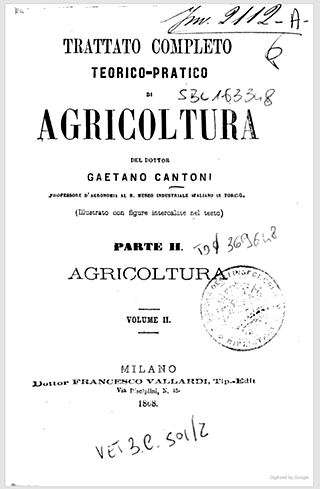Hot on the heels of — indeed prompted by — the podcast on zucchini, a quick look at an ill-founded attempt to patent the warts on pumpkins.
Can you patent a wart?
Hot on the heels of — indeed prompted by — the podcast on zucchini, a quick look at an ill-founded attempt to patent the warts on pumpkins.
When is a zucchini not a zucchini? A guide to the history of the world's most popular summer squash
A story of exploration, aristocracy and promiscuity, all in the service of better food. What more could you want?

Podcast: Play in new window | Download (Duration: 17:16 — 14.3MB)
Subscribe: Google Podcasts | Spotify | Android | RSS | More
 People accused me of being a tease when I originally published that banner photograph up there and said that it was not a zucchini. It was, I admit, a deliberate provocation. It all depends on whether we’re speaking English or Italian. Because in English it isn’t, strictly speaking, a zucchini. It is a cocozelle, a type of summer squash that differs from a zucchini in a couple of important ways, one being that it hangs onto its flower a lot longer. So a flower on a cocozelle is not the guarantee of freshness that it is on a true zucchini. In Italian, however, it is a zucchini. Or rather, a zucchina. Because in modern Italian, all summer squashes are zucchine.
People accused me of being a tease when I originally published that banner photograph up there and said that it was not a zucchini. It was, I admit, a deliberate provocation. It all depends on whether we’re speaking English or Italian. Because in English it isn’t, strictly speaking, a zucchini. It is a cocozelle, a type of summer squash that differs from a zucchini in a couple of important ways, one being that it hangs onto its flower a lot longer. So a flower on a cocozelle is not the guarantee of freshness that it is on a true zucchini. In Italian, however, it is a zucchini. Or rather, a zucchina. Because in modern Italian, all summer squashes are zucchine.

Teresa Lust is a linguist and food writer. Harry Paris is a plant breeder who specialises in pumpkins, melons and the like. Together, they have just published a paper that pushes back the known history of the zucchini. They guided me through the somewhat convoluted history of true pumpkins in Italy.
It’s a story of exploration, aristocracy and promiscuity. What more could you want?
Notes
- Italian horticultural and culinary records of summer squash (Cucurbita pepo, Cucurbitaceae) and emergence of the zucchini in 19th-century Milan, by Teresa A. Lust and Harry S. Paris, Annals of Botany 118: 53–69, 2016